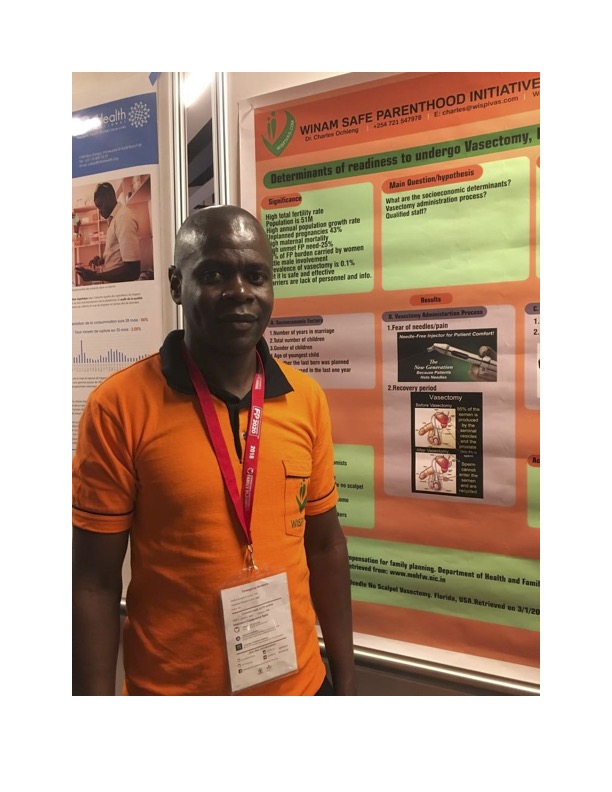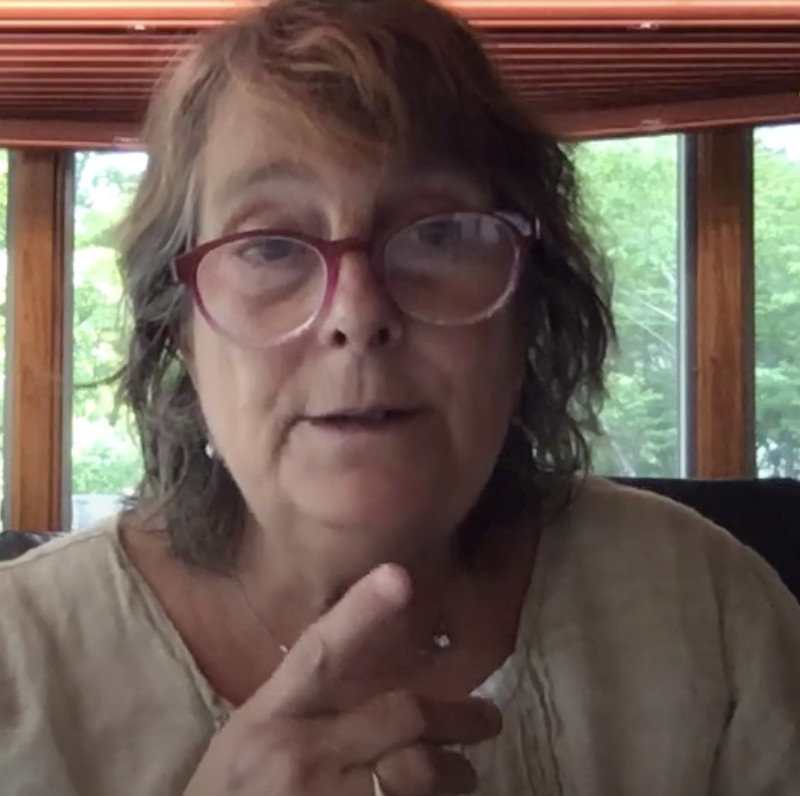Sixteen years ago the Durango Herald published my column “Do your Partner’s Vasectomy”; it got lots of laughs on April Fool’s Day! Unfortunately, the latest news on male sterilization is not so funny.
There is some recent good news, fortunately. In some states, men are rushing to get permanently sterilized because of the recent Supreme Court decision about abortion. My experience, however, is that they will be moving a little more slowly after this minor procedure. I was sore for a couple days after my vasectomy, many years ago.
Remember that vasectomy is much safer and easier than a tubal ligation, the female sterilization procedure. Male sterilization is done with local anesthesia and is finished in just 10 or 15 minutes. There are only two drawbacks to vasectomy. While female sterilization is effective immediately, it takes a couple of months after the procedure before a man starts shooting blanks. The other drawback is that many men are frightened to have it done.
It is interesting to note the countries where vasectomy is most popular. The top five are: South Korea, Australia, Bhutan, the USA and New Zealand. Bhutan? Yes! Perhaps it is because that little country’s government has promoted this simple surgery. Bhutan has had mobile vasectomy camps which bring the service to villagers. Furthermore, men tend to take responsibility for family planning in this enlightened country.
The bad news is that we seem to have reached “peak vasectomy”. Worldwide, the maximum number of couples who use vasectomy for protection from unintended pregnancy was reached in 2001. That year, 44 million couples worldwide were safeguarded by this simple procedure. The latest figures show a sad decline to just 17 million couples who are dependent on vasectomy.
What can be done to bring back vasectomy? One group is doing its best to spread the good word all over the world. World Vasectomy Day, www.wvd.org, has worked in several countries to introduce people—especially men—to this simple surgery. They claim: “World Vasectomy Day is the largest male focused family planning movement ever”. WVD was started by a New York film producer, Jonathan Stack, and urologist Doug Stein. Together, they have built an amazing crusade to not only to do the surgery, but also to train doctors to perform the procedure.
Stein is a master of the No Scalpel Vasectomy technique. It uses a couple of special instruments that make it possible to perform this delicate procedure with tiny incisions. Because it involves less cutting, NSV has fewer complications than older methods.
Vasectomy would be ideal for couples in developing countries who want to stop childbearing, since it doesn’t require a fancy facility. Dr. Charles Ochieng of Nairobi, Kenya has become an evangelist for vasectomy. He had his own vasectomy years ago, and has done hundreds since then. An award-winning family practice doctor, he is devoted to providing vasectomies and teaching other physicians the NSV technique. He learned the NSV technique while spending time in Florida with Dr. Stein.
I met Ochieng at an international family planning convention in Kigali, Rwanda. He told me that he even offered to do his father’s vasectomy! His dad has 3 wives (polygamy is legal in Kenya) and many children. He was sad that his father turned down the gift. For some cultures, a large family is a status symbol, especially for men.
Now, as restrictions on women’s reproductive health increase in the USA, I hope more men will take this small, but important, step to prevent unintended pregnancies.
© Richard Grossman MD, 2023

